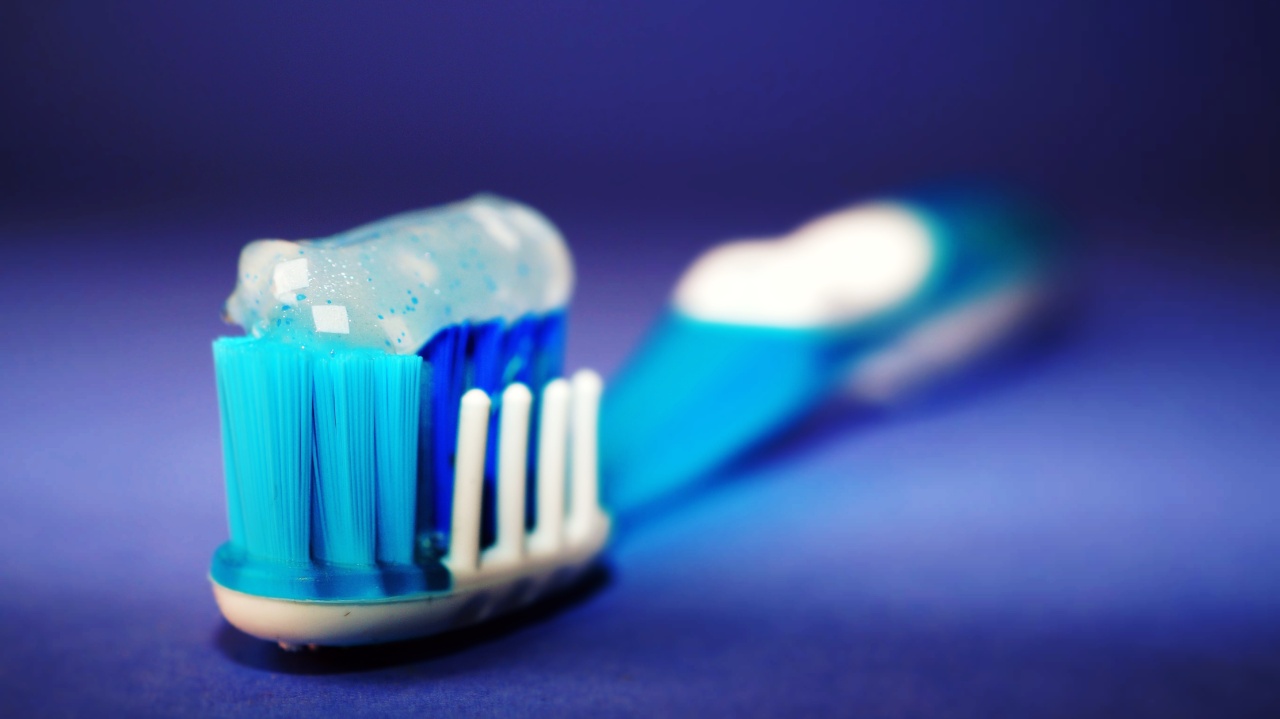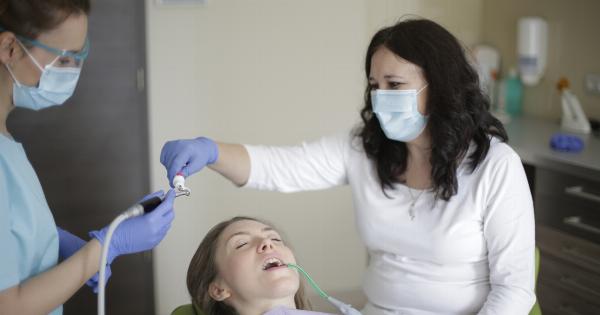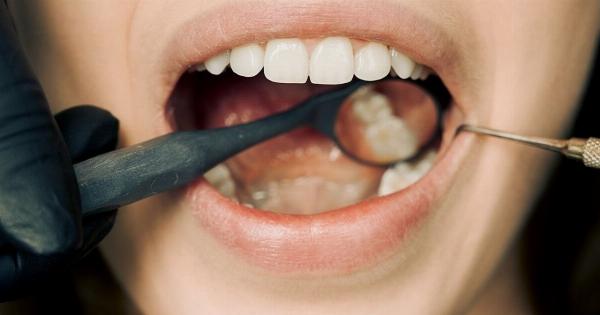Proper oral hygiene plays a crucial role in maintaining overall health. Regular dental visits and treatments can be quite expensive, but private insurance can help alleviate some of the financial burden.
Understanding what private insurance covers for oral hygiene is essential for making informed decisions about your dental health. In this article, we will explore the typical coverage provided by private insurance plans and how you can maximize your benefits.
1. Routine Check-ups and Cleanings
Most private insurance plans cover routine dental check-ups and cleanings. These preventive measures are essential for identifying any dental issues early on and ensuring optimal oral health.
Regular check-ups typically include examinations, X-rays, and professional cleanings by a dental hygienist.
2. Fillings and Sealants
If you require a filling due to tooth decay or a cavity, private insurance usually covers the cost. Fillings help restore the damaged tooth and prevent further decay.
Additionally, many insurance plans also cover dental sealants, which are protective coatings applied to the teeth to prevent cavities.
3. Root Canals and Extractions
Private insurance plans often provide coverage for more extensive procedures such as root canals and extractions.
Root canals are performed to treat infected or damaged tooth pulp, while extractions involve the removal of a severely damaged or decayed tooth.
4. Periodontal Treatment
Insurance coverage for periodontal treatment varies among plans. Periodontal treatment involves the diagnosis and treatment of gum diseases such as gingivitis or periodontitis. It may include deep cleanings, gum surgeries, or other specialized treatments.
It is crucial to check your specific insurance policy to determine the extent of coverage for periodontal treatment.
5. Orthodontic Services
Orthodontic treatments, including traditional braces or clear aligners like Invisalign, are often covered under private insurance plans. However, coverage may be subject to certain age limitations or a waiting period before benefits become available.
Orthodontic treatments aim to correct misaligned teeth and improve the overall appearance and function of the smile.
6. Dentures and Bridges
If you require dentures or a dental bridge to replace missing teeth, private insurance typically provides coverage.
Dentures are removable appliances that replace all or some missing teeth, while dental bridges are fixed appliances that replace one or more missing teeth by anchoring onto adjacent teeth.
7. Emergency Dental Care
Private insurance plans often cover emergency dental care, which may include treatment for severe toothaches, dental trauma, or other urgent dental issues.
It is important to review your insurance policy to understand the specific coverage and any associated limitations or requirements.
8. Cosmetic Dentistry
While private insurance primarily focuses on providing coverage for necessary dental treatments, many plans exclude coverage for purely cosmetic procedures.
Cosmetic dentistry procedures, such as teeth whitening, veneers, or cosmetic bonding, are often considered elective and not medically necessary. Therefore, it is essential to consult your insurance policy or provider to determine the extent of coverage for cosmetic dental treatments.
9. Additional Benefits
In addition to the above-mentioned services, private insurance plans may offer additional benefits such as dental implants, oral surgeries, sedation dentistry, and TMJ disorder treatments.
While these services may not be covered under all plans, it is worth exploring your policy to fully understand the available benefits.
10. Maximizing Your Dental Insurance Benefits
To make the most of your private insurance coverage for oral hygiene, consider the following tips:.
- Stay in-network: Utilize dental care providers that are in-network with your insurance plan to maximize your benefits and minimize out-of-pocket expenses.
- Understand plan limitations: Read and understand your insurance plan’s limitations, including waiting periods, pre-authorization requirements, and annual maximums.
- Utilize preventive care: Take advantage of your plan’s coverage for routine check-ups and cleanings to prevent major dental issues from arising.
- Get pre-authorization: If you require extensive dental treatments, it is advisable to obtain pre-authorization from your insurance provider to determine the extent of coverage.
- Coordinate with your dentist: Your dentist’s office can help navigate your insurance coverage and work with you to maximize your benefits. They can provide accurate cost estimates and recommend treatment options that align with your insurance coverage.
Conclusion
Private insurance plans typically cover a wide range of dental services, from routine check-ups to complex procedures like orthodontics or oral surgeries.
However, coverage varies among plans, so it is important to review your insurance policy’s specifics to understand what is covered and what may require additional out-of-pocket expenses. By staying informed and utilizing preventive care, you can make the most of your private insurance coverage for oral hygiene, promoting optimal dental health while minimizing costs.





























